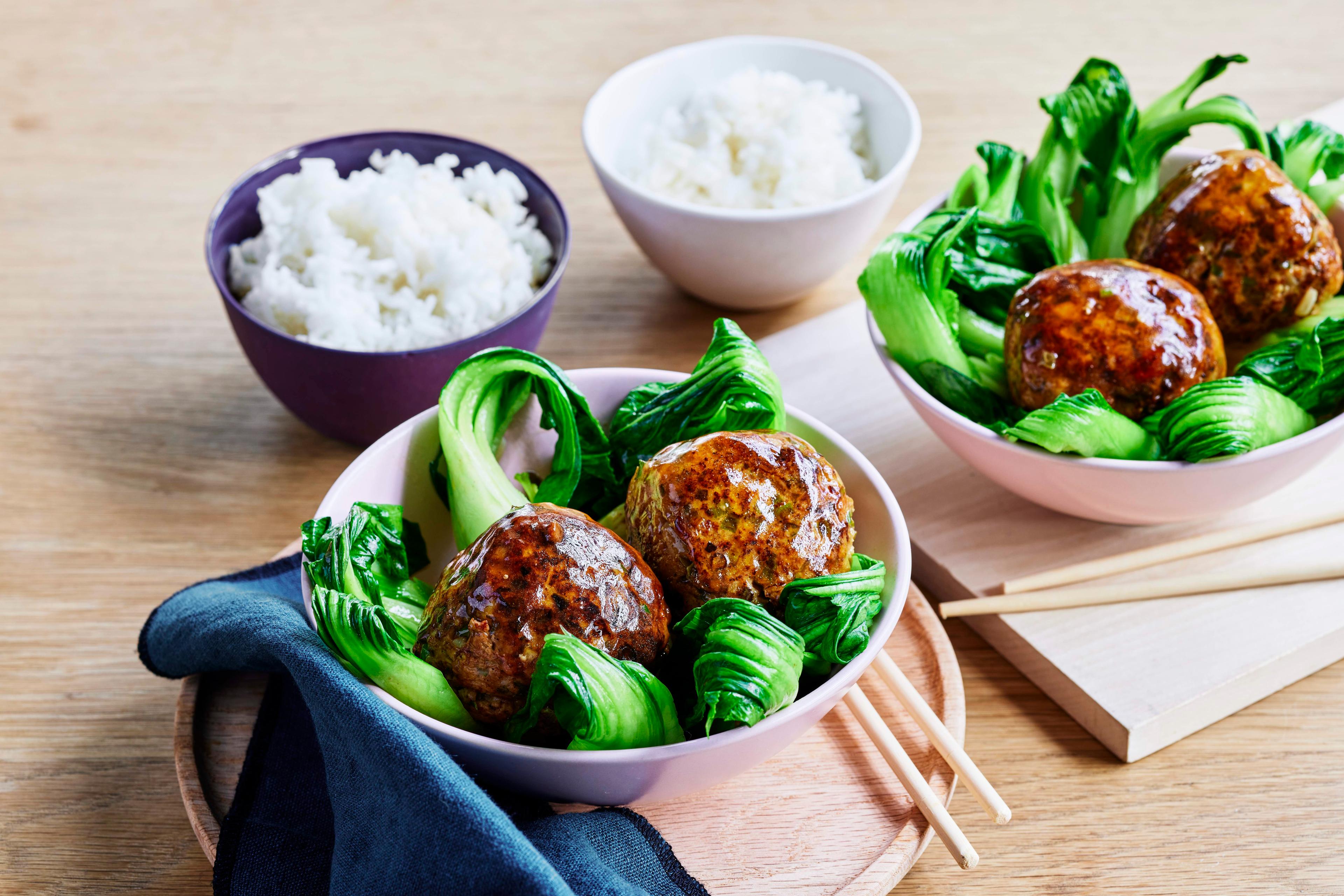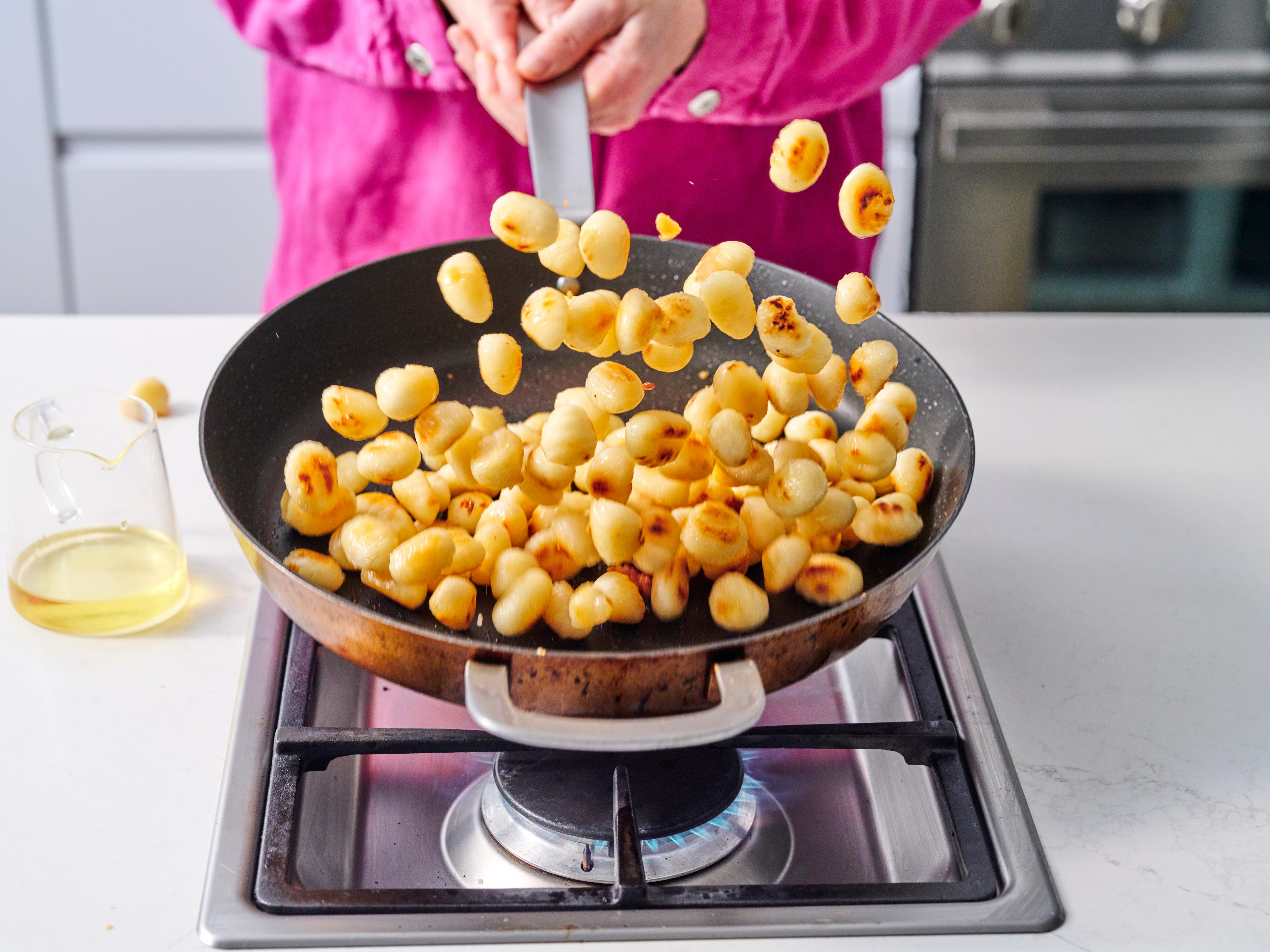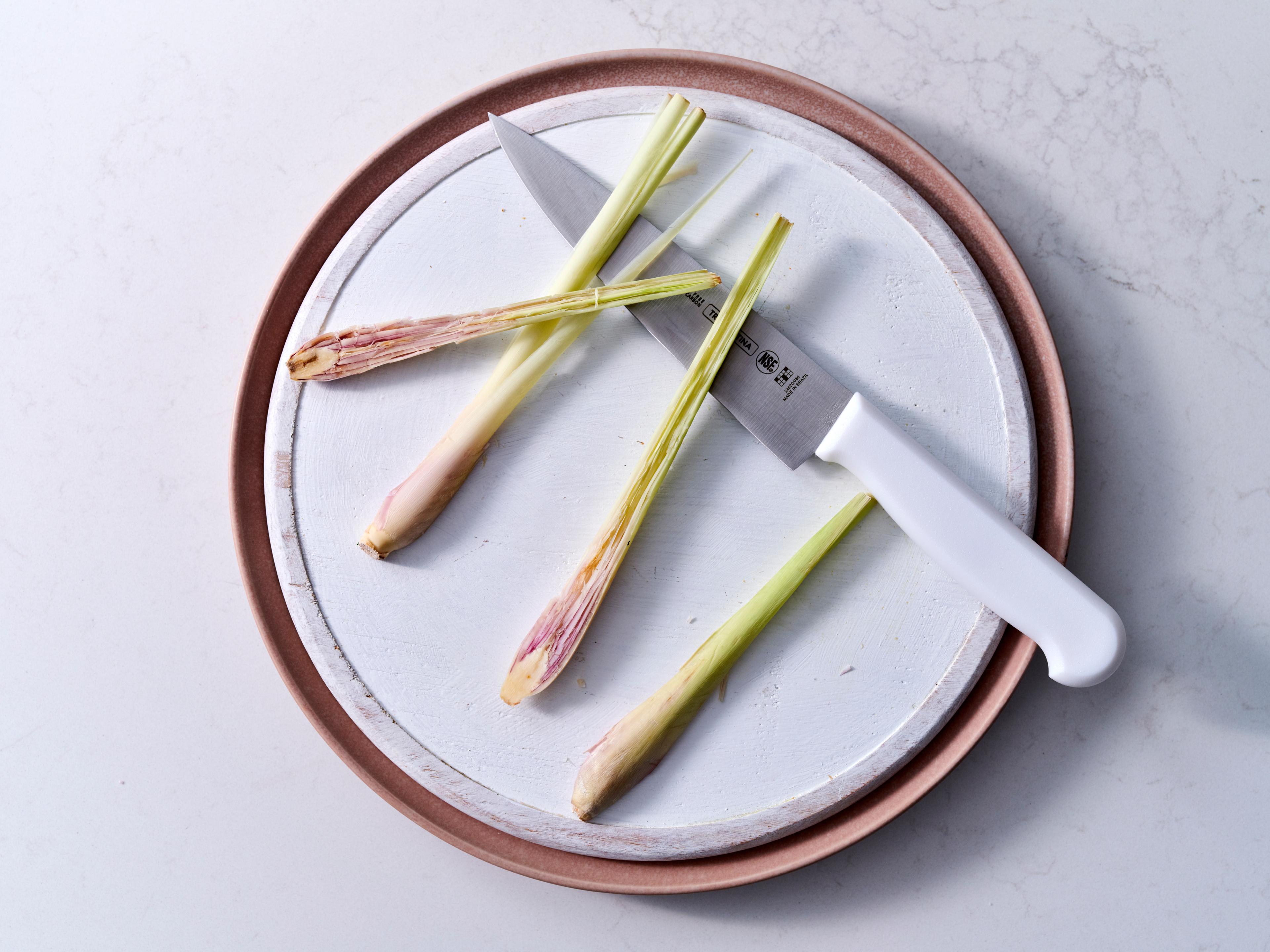
Usually, our recipes don’t throw you off the deep-end with uncommon ingredients that raise a quizzical brow. But, having said that, on occasion, part of what we quite like to do is gently nudge you out of your culinary comfort zone.
We sometimes do that with cooking techniques (hello, en papillote!) and sometimes we do it with flavours and ingredients. If you find yourself asking ‘Siri, what’s freekeh’, well, first of all, beware the answer that question will unleashed from the depths of the internet. And, secondly, look here to our glossary for an explainer on some less-usual ingredients.
They might seem a little wild at first, but once you bring them into your epicurean cache, we bet you’ll revel in the flavour and depth they bring to your cooking.
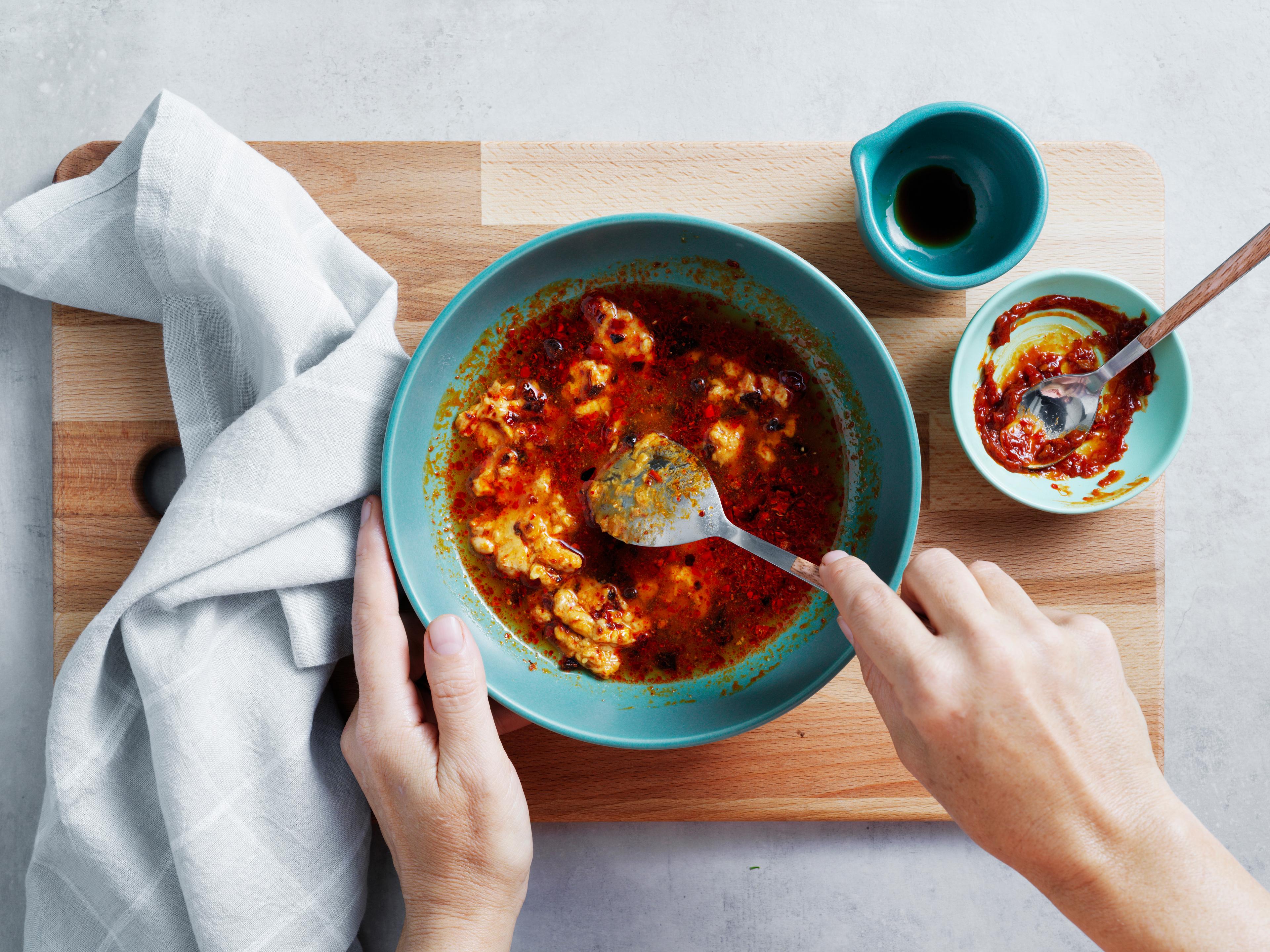
Baharat Spice Mix
Baharat is simply the Arabic word for ‘spice’, and this particular spice blend is used widely in Middle Eastern and Greek cuisines. Typically, baharat is a finely ground mixture of allspice, cardamom, cinnamon, cloves, coriander, chilli, cumin, nutmeg and peppercorns. Although there are some variations to this, the blend never has a lot of heat and is used to add depth to grilled meats, rice dishes and soups. Store any leftover baharat spice mix in an airtight container in the pantry.
Chicken Marylands
A chicken maryland is a cut that consists of the drumstick with the skin-on thigh fillet attached. It’s a great cut for quick roasts, but being on-the-bone, can also withstand longer cooking times without drying out. Freeze any leftover marylands for up to three months.
Chilli Bean Paste
This Chinese, particularly Sichuanese, condiment is adored for its spicy and savoury flavour. Essentially made from fermented chillies and broad beans (some also have soy beans), chilli bean paste (or doubanjiang) is not wildy spicy, but rather has a more rounded heat and a rougher texture than other chilli pastes. It’s the hero ingredient in map tofu and many other stir-fries and is also used as a table condiment. Store any leftover chilli bean paste in the fridge for up to two weeks.
Chipotle Chilli in Adobo
This condiment is a Mexican staple. Whole jalapeño chillies are smoked, dried and rehydrated, before being mixed with a tangy and spiced tomato-based sauce (or adobo). Adding them to a marinade or sauce will impart a moderate heat and smoky flavour to the dish. We usually advise you to extract the chillies from the sauce and chop them before adding to a recipe. Store any leftovers in an airtight container in the fridge for up to three days. Try mixing with mayonnaise for homemade chipotle mayo or adding to barbecue sauce, taco mince, or nachos.

Curry Leaves
Curry leaves originated in the Tarai region of Uttar Pradesh, India. They grow in subtropical climates such as Burma, India and Australia. The leaves of the curry tree are highly aromatic and a common seasoning in southern and west coast Indian and Sri Lankan cuisines. As their name suggests, they’re often used to enhance curries and dahl. They’re also delicious fried in a pan and used as a topping. Fresh curry leaves will keep in the crisper for up to two weeks.
Fish Sauce
Ubiquitous in East Asian and South-East Asian cuisines, fish sauce adds a boost of salty and savoury flavour. Its fragrance before cooking is more pronounced than its taste in a dish, but it delivers a welcomed umami hit. Made from small, salted fish (like anchovies) that are fermented for at least two years, it’s delicious in stir-fries, soups and marinades, but can also be a secret weapon in western-style dishes. Store any leftover fish sauce in the pantry.
Freekeh
Freekeh is a cereal grain made from green durum wheat. It’s full of protein and fibre, while being low in fat, making it a great option for adding body to soups and salads and to supplement a vegetarian diet. Freekeh has a nutty flavour and slightly chewy texture and can be cooked in the same way as rice or barley. Store any leftover freekeh in an airtight container in a cool, dry place.
Gai Lan
Also known as Chinese broccoli, gai lan is a member of the brassica family, which includes broccoli, kale and cabbage. It’s available year-round and has a sweet and slightly bitter flavour. Gail lan cooks quickly making it great in stir-frys, soups and steamed. You can eat the stems, leaves and flowers of gail lan.
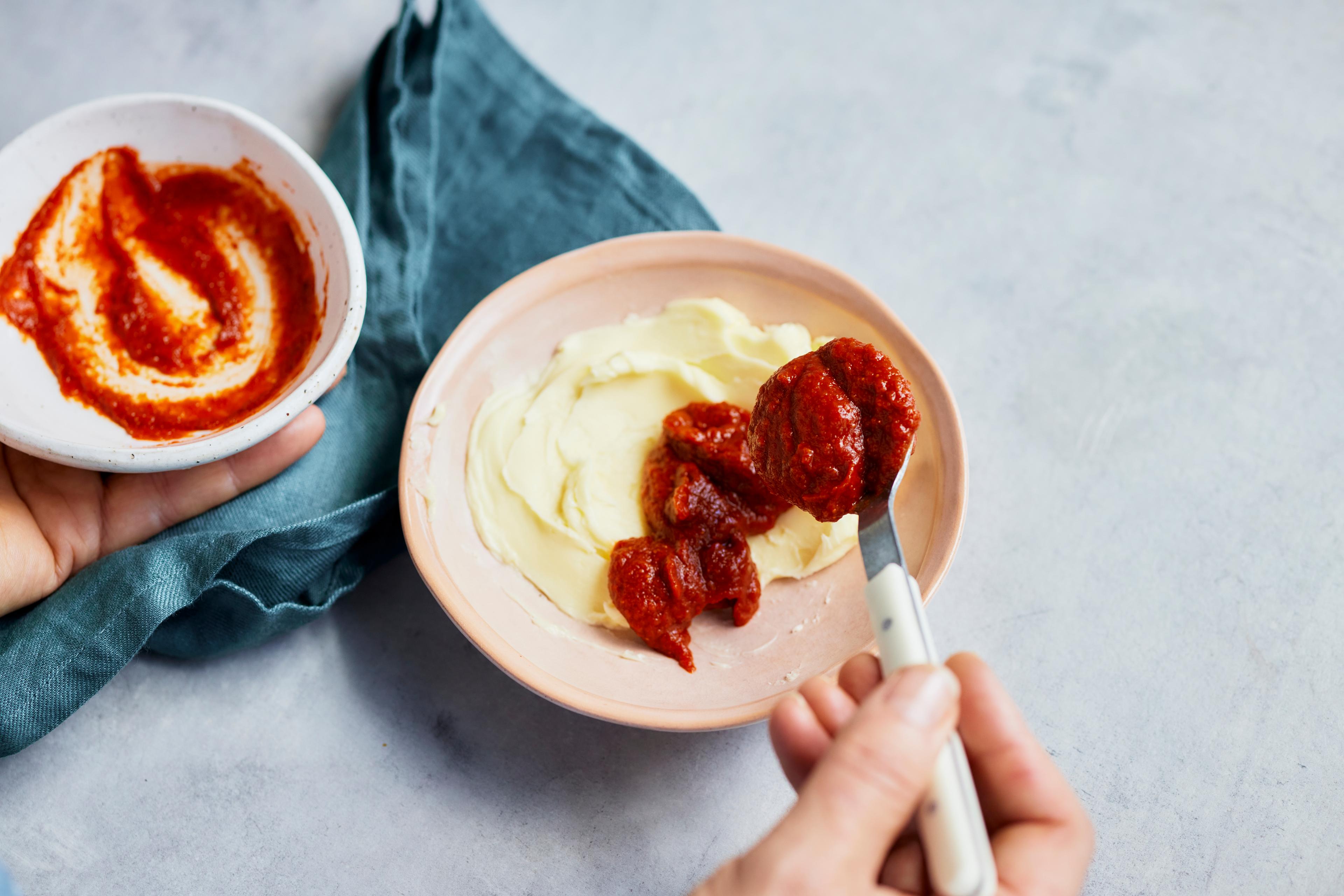
Harissa
Originating in Tunisia, North Africa, this paste is made from dried red chillies and mixed with herbs and spices. Adding heat and a little smokiness, it’s become a popular condiment across the globe for its rich flavour and versatility. You can add harissa to marinades for meat and vegetables and sauces or simply mix with mayonnaise for a dipping sauce. Store any leftover harissa in an airtight container in the fridge for up to one week.
Makrut Lime Leaves
This aromatic citrus leaf imparts an incredibly zesty and fresh fragrance to South-East Asian dishes. They can be added whole when boiling rice and making stock or finely shredded and added to soups and curries. Remove whole leaves before serving as they’ll have a tough texture, however, it’s perfectly fine to eat the sliced leaves. Store any leftover lime leaves in a zip-lock bag in the freezer for up to three months.
Lemongrass
Widely used in South-East Asian cuisines, lemongrass has a beautiful citrus-like fragrance and flavour that enlivens dishes with a lovely freshness. The tropical grass has a woody stem and fibrous top. Both of which can be added to water for boiling rice, then discarded before serving. The stem can also be finely chopped and added to stir-frys, soups, marinades and salads. Store any leftover lemongrass, loosely wrapped in damp paper towel in the fridge for up to one week. Try slicing and adding to hot water and honey for a soothing tea.
Porcini Mushrooms
Prized for their deeply nutty and earthy flavour with umami notes, porcini mushrooms are largely cultivated in Europe and can be found fresh, but are more commonly sold dried in Australia. They’re delicious added to risotto, pasta sauces, braises and broths. The water used to rehydrate dried porcini is also a flavoursome addition to dishes. Store any leftover dried porcini in an airtight container in a cool, dry space.
Sambal Oelek
This Indonesian chilli sauce is made with freshly ground, raw chillies, salt and vinegar and has a consistency similar to a relish. It’s used as a base for many sauces, but can also be enjoyed as a condiment for when an extra hit of spice is needed. Store any leftover sambal oelek in the fridge for up to two weeks.
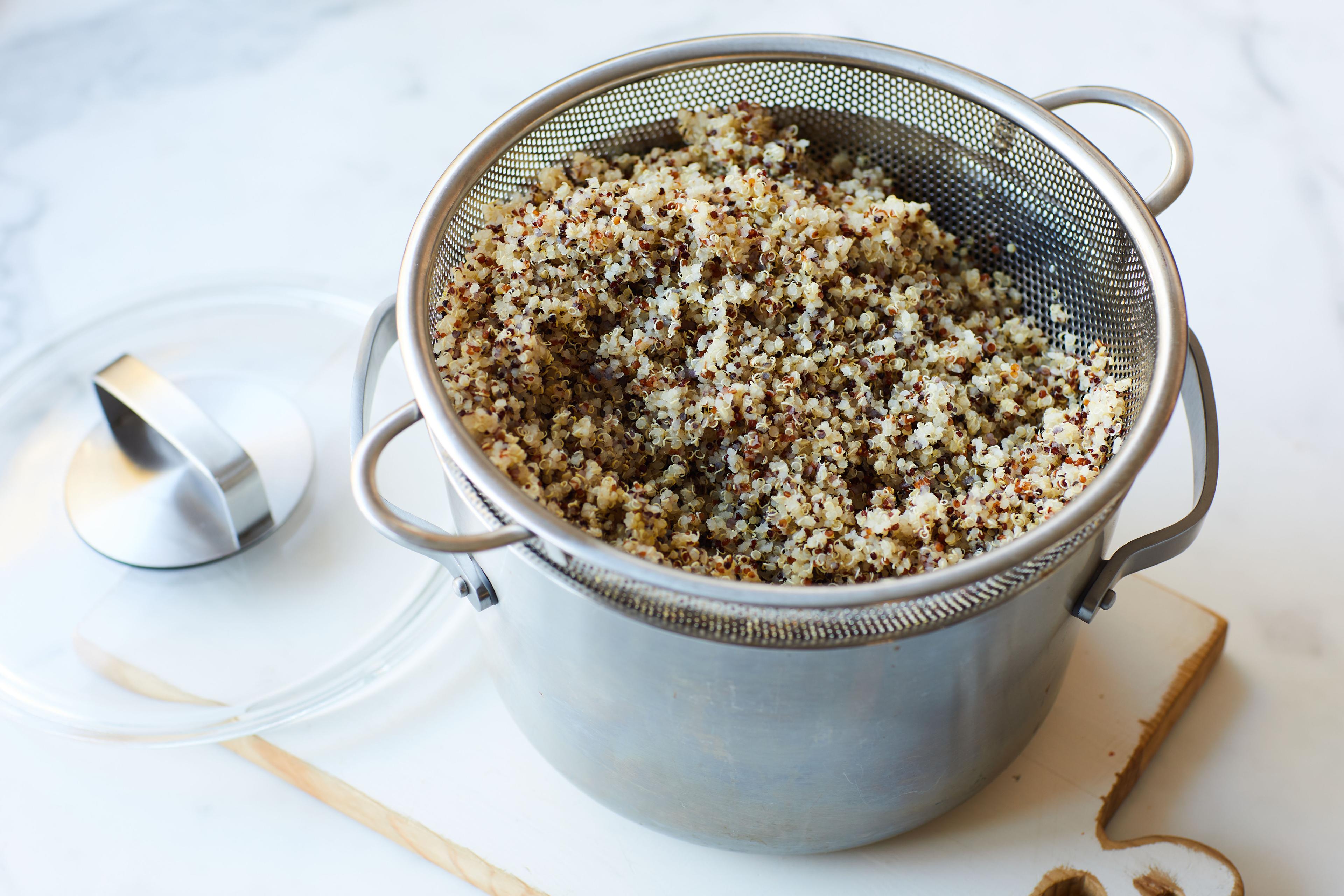
Quinoa
Despite appearances, quinoa isn’t a grain, but in fact the seed from a plant closely related to spinach and beetroot. It’s gluten-free and rich in minerals and protein with a fluffy texture and nutty flavour. It makes a great addition to soups and salads and can be cooked in the same way as rice. Store any leftover quinoa in an airtight container in the pantry.
Ras el Hanout
This North African spice blend is sometimes referred to as the ‘king of spices’. In fact, its Arabic translation means ‘top shelf’, acknowledging the esteem in which this blend is held. It’s used to marinate meat and fish, and is also a key ingredient in b'stilla, a Moroccan chicken pie. While the exact spices used can vary and number upwards of 20, it usually comprises at least eight, often including: cardamom, nutmeg, anise, mace, cinnamon, ginger, various peppers, and turmeric. It’s mild, earthy and fragrant and often reserved for special dishes, rather than daily cooking. Keep any leftover ras el hanout in an airtight container with your spices.
